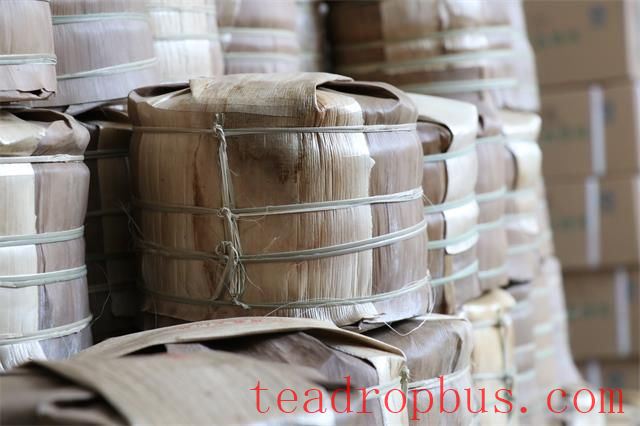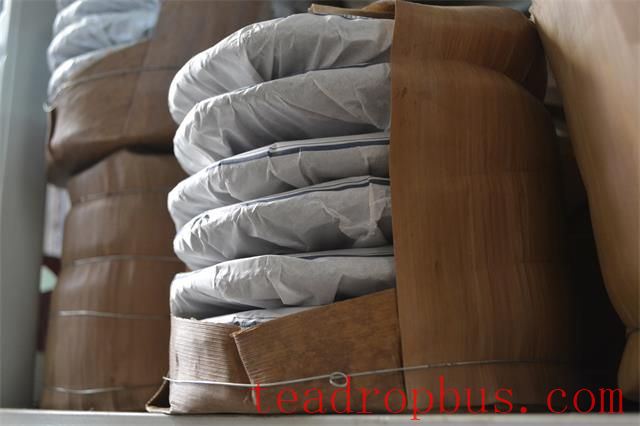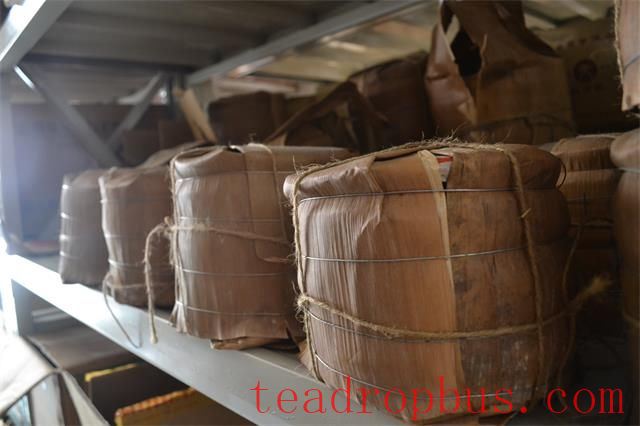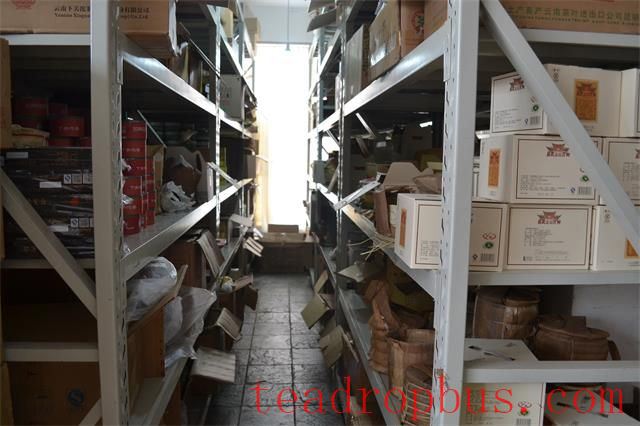It is often said that Pu'er Tea improves with age, becoming more aromatic. However, simply storing it for a long time does not guarantee this result. In fact, improper storage can prevent the tea from improving and may even spoil it. How can one ensure proper storage? The answer lies in “hidden nurturing.”

Hiding ensures that nothing is lost, while nurturing ensures continuous improvement. As an individual tea storer, one's concern is not necessarily achieving the best possible storage but ensuring a basic level of quality.
Firstly, the tea must not become spoiled. This includes preventing mold and off-flavors; once the tea spoils, it is ruined.
Secondly, the tea's inherent substances must not be excessively depleted. For example, storing the tea in a well-ventilated area can cause it to lose its flavor within a year or two.
Thirdly, as time passes, the tea should undergo transformation, leading to an improvement in taste.
This is the minimum standard, yet few people achieve it due to misunderstandings about the principles of tea storage.

Traditionally, storing Pu'er tea emphasizes ventilation, which leads to the loss of aromatic compounds and negatively affects the tea's transformation. Practitioners have discovered that sealing the tea is far superior to ventilating it. There are two reasons for this: first, sealing preserves the aromatic compounds in the tea, ensuring that the aroma remains strong and varied years later. Second, sealing increases the concentration of effective substances in a small environment, accelerating the transformation of raw tea better than ventilation does.
Sealing has another significant advantage: if the small environment can be absolutely sealed, the impact of the larger environment can be eliminated. For example, in humid coastal regions, there would be no need for dehumidifiers, and the same method could also help avoid light exposure and unwanted odors. Sealing can be achieved using aluminum foil self-seal bags or tightly tied flat bags.

Why does sealed hidden nurturing outperform ventilated storage?
In the past, it was believed that the mechanism of storage is microbial fermentation. However, the role of microorganisms is not the only factor in the changes that occur during Pu'er tea storage, and it may not even be the primary factor. The core change in stored Pu'er tea is the biochemical reaction catalyzed by internal enzymes. Understanding this principle, we realize that the aging and transformation of ripe tea and raw Pu'er tea follow different paths, rather than just being a matter of acceleration.
We know that for chemical reactions, the higher the concentration of reactants, the faster the reaction occurs. From the perspective of enzyme-catalyzed biochemical reactions, sealing has an advantage because the concentration of reactants is higher under sealed conditions.
Understanding the principle of Pu'er tea transformation, we realize that the idea of requiring high humidity and ventilation to promote microbial reactions is unfounded.

Another important point is that if the tea is exposed to air for a long time, the complex aroma compounds will quickly dissipate due to molecular exchange with the air.
How can one store raw Pu'er tea at home?
One can use large aluminum foil sealable bags to seal raw teas of the same origin and vintage together, placing them in a clean and relatively dry location. This allows the teas to collectively undergo internal refinement, achieving the goal of becoming more aromatic over time.